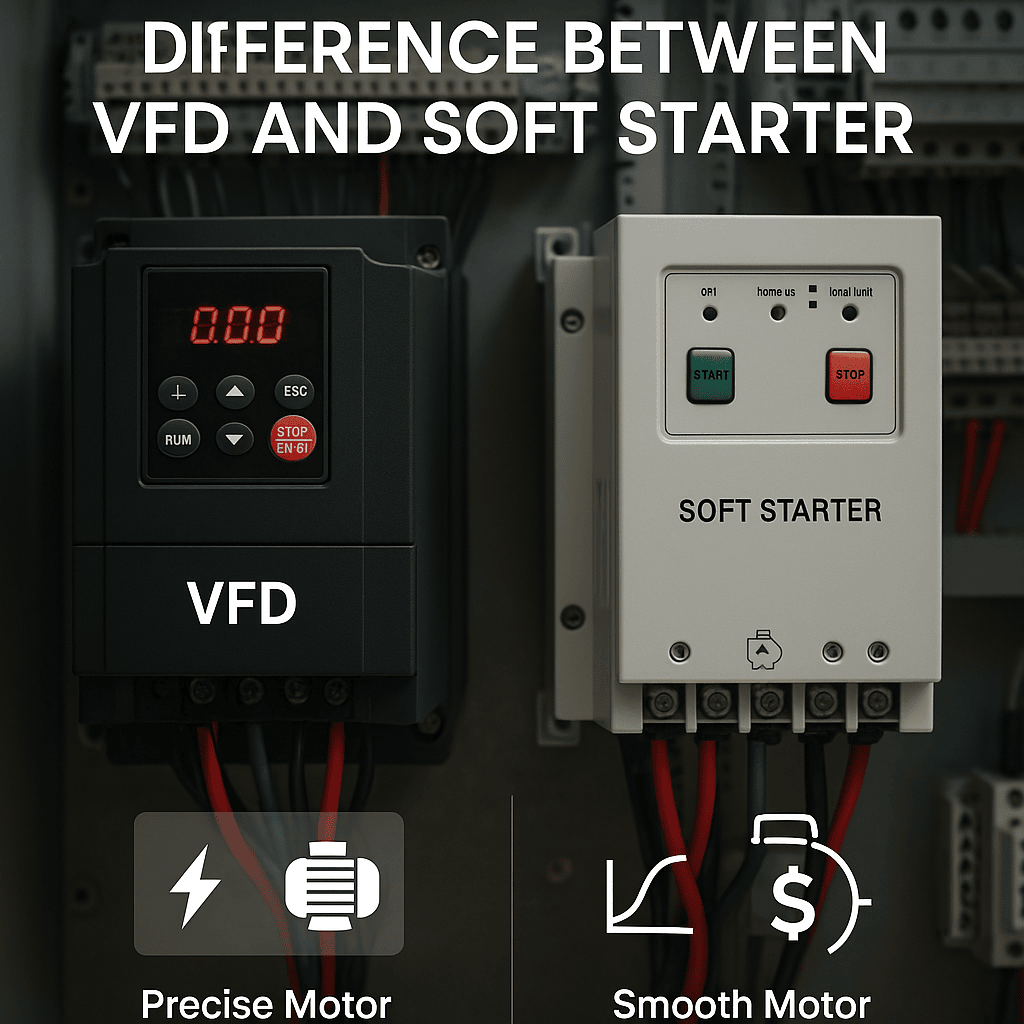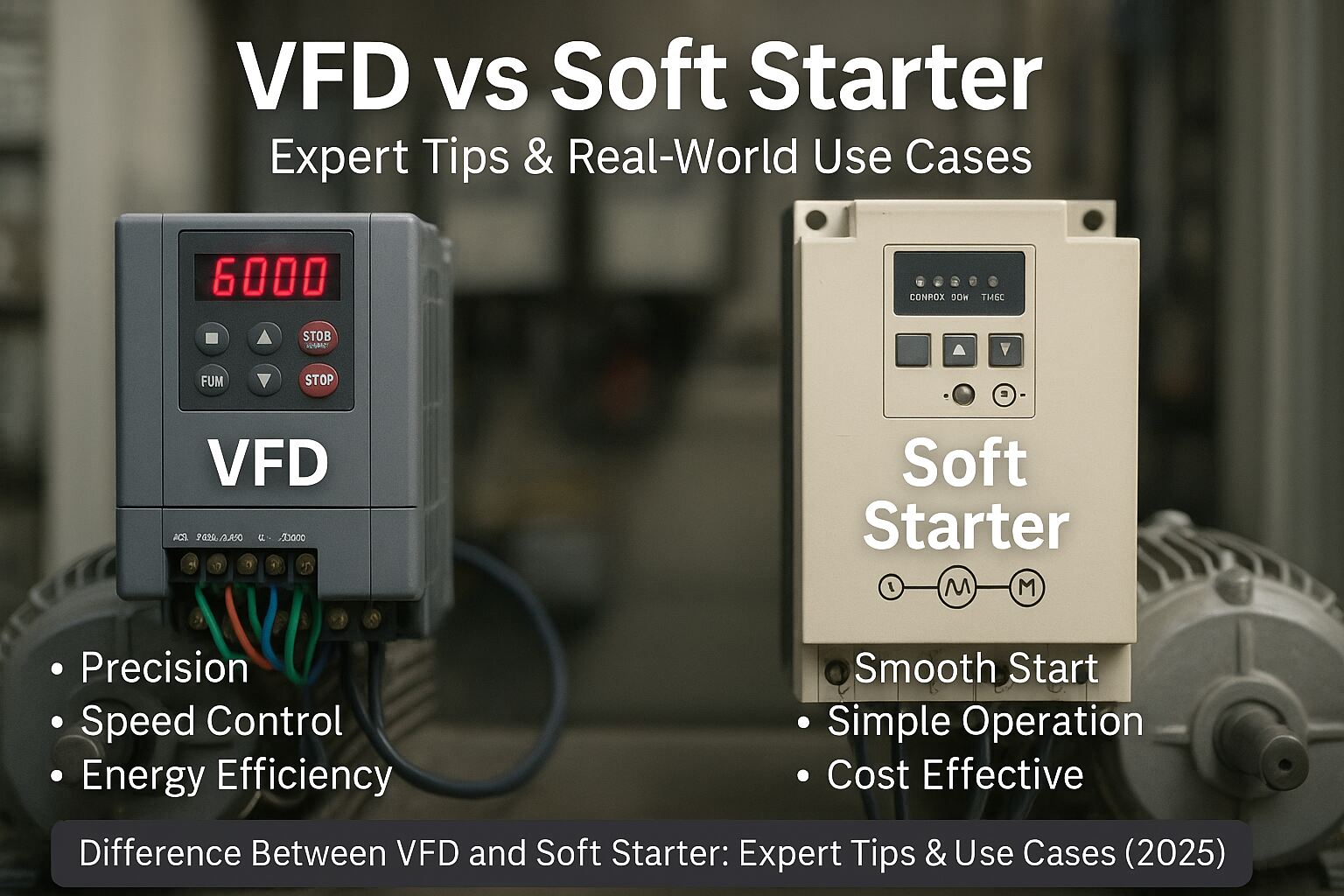The Internet of Things (IoT) has become a game-changing technology, transforming industries and daily life. From smart homes to industrial automation, IoT is redefining how we interact with the world around us. In this blog, we delve deep into what IoT is, how it works, its benefits, challenges, and its future potential.
What Does IoT Stand For?
IoT stands for the Internet of Things. This term encompasses the network of interconnected devices that communicate and exchange data through the internet, enabling automation, remote monitoring, and smart decision-making.
What is the Internet of Things (IoT)?
The Internet of Things refers to a system where physical devices are connected to the internet to collect, share, and act on data. These devices, ranging from wearable gadgets to industrial sensors, interact with each other and the broader environment, creating a network of “smart” objects.
For example, a smart thermostat can adjust your home’s temperature based on your preferences, while a connected refrigerator can monitor its contents and order groceries when supplies run low. In industrial settings, IoT-enabled sensors can predict machinery failures, enhancing operational efficiency.
How Does IoT Work?
IoT operates through a four-step process:
- Sensors/Devices Devices equipped with sensors collect data from their environment. This could be a wearable fitness tracker measuring your steps or an industrial sensor monitoring machine performance.
- Data Collection and Connectivity The collected data is transmitted to the cloud or a local server via various connectivity methods such as Wi-Fi, Bluetooth, RFID, or IoT-specific protocols. This connectivity ensures seamless communication between devices and systems.
- Data Processing and Machine Learning Once data reaches the cloud, software processes and analyzes it. Advanced IoT systems leverage machine learning to identify patterns and make autonomous decisions, such as sending alerts or adjusting device settings.
- User Interface Users interact with IoT systems through interfaces like mobile apps, web portals, or voice commands. This allows for real-time monitoring and control of connected devices.
Why Does IoT Matter?
IoT is a cornerstone of the digital transformation era, with applications spanning multiple sectors:
- Consumer IoT: Smart homes, wearables, and connected vehicles.
- Industrial IoT (IIoT): Smart factories, predictive maintenance, and supply chain optimization.
- Healthcare IoT: Remote patient monitoring, smart medical devices, and health analytics.
By enabling devices to communicate and act intelligently, IoT provides actionable insights that drive efficiency, improve user experience, and open new revenue streams.
Fun Facts About IoT
- Massive Growth: The global IoT market grew from $2.99 trillion in 2014 to $8.90 trillion in 2020.
- Connected Devices: The number of IoT devices is projected to reach 75.44 billion by 2025, up from 23.14 billion in 2018.
- RFID Adoption: The use of RFID tags surged from 17.6 billion in 2018 to 24.5 billion in 2020, revolutionizing supply chain visibility.
These statistics highlight IoT’s rapid adoption and its growing impact on industries worldwide.
Benefits of the Internet of Things
- Industrial Automation IoT transforms manufacturing by enabling predictive maintenance and reducing downtime. For example, sensors on assembly lines monitor machine health and predict potential failures, allowing proactive repairs.
- Enhanced Data Collection IoT devices generate vast amounts of data. This data, when analyzed, provides valuable insights for decision-making, improving efficiency and reducing costs.
- Improved Customer Experience Personalization is a key advantage of IoT. Devices learn user preferences and adapt accordingly, enhancing convenience and satisfaction.
- Increased Revenue IoT optimizes operations and reduces waste, leading to significant cost savings and increased profitability. For instance, smart inventory management systems ensure businesses maintain optimal stock levels.
Major Concerns Regarding IoT Devices
While IoT offers immense benefits, it also presents challenges:
- Security Risks The proliferation of IoT devices increases the attack surface for cyber threats. Hackers can exploit vulnerabilities to access sensitive data or disrupt operations.
- Lack of Standards The absence of universal IoT standards complicates device interoperability and security. This underscores the need for industry-wide regulations and best practices.
Leading IoT Companies
Several companies are pioneering IoT innovations:
- Amazon AWS IoT: Offers tools for building and scaling IoT applications.
- Microsoft Azure IoT Hub: Provides cloud storage and analytics for IoT data.
- Google Cloud IoT: Enables secure device connections and real-time analytics.
- IBM Watson IoT: Focuses on AI-driven insights for various industries.
- GE Digital: Specializes in industrial IoT for manufacturing and logistics.
The Future of IoT
The future of IoT is boundless, with advancements in AI, 5G, and edge computing driving its evolution. Here are some trends to watch:
- Smart Cities: IoT will enable intelligent infrastructure, optimizing traffic, energy consumption, and waste management.
- Healthcare Revolution: IoT will enhance telemedicine, wearable health monitors, and personalized treatment plans.
- Industrial 4.0: Factories will become increasingly automated, with IoT-enabled systems streamlining production and maintenance.
Why IoT Requires Integration
Integration is crucial for IoT’s success. Devices generate vast amounts of data, but this data’s value depends on its accessibility and analysis. For example, McKinsey found that over 99% of data from oil rig sensors went unused in 2015. Effective integration ensures data is actionable, unlocking IoT’s full potential.
Conclusion
The Internet of Things is reshaping the world, offering unprecedented opportunities for innovation and efficiency. However, its potential comes with challenges that require thoughtful solutions. By addressing security concerns, establishing standards, and fostering integration, businesses and individuals can fully leverage IoT’s transformative power.
As IoT continues to evolve, it’s not just a technology trend—it’s a fundamental shift in how we live, work, and interact with the world around us.






